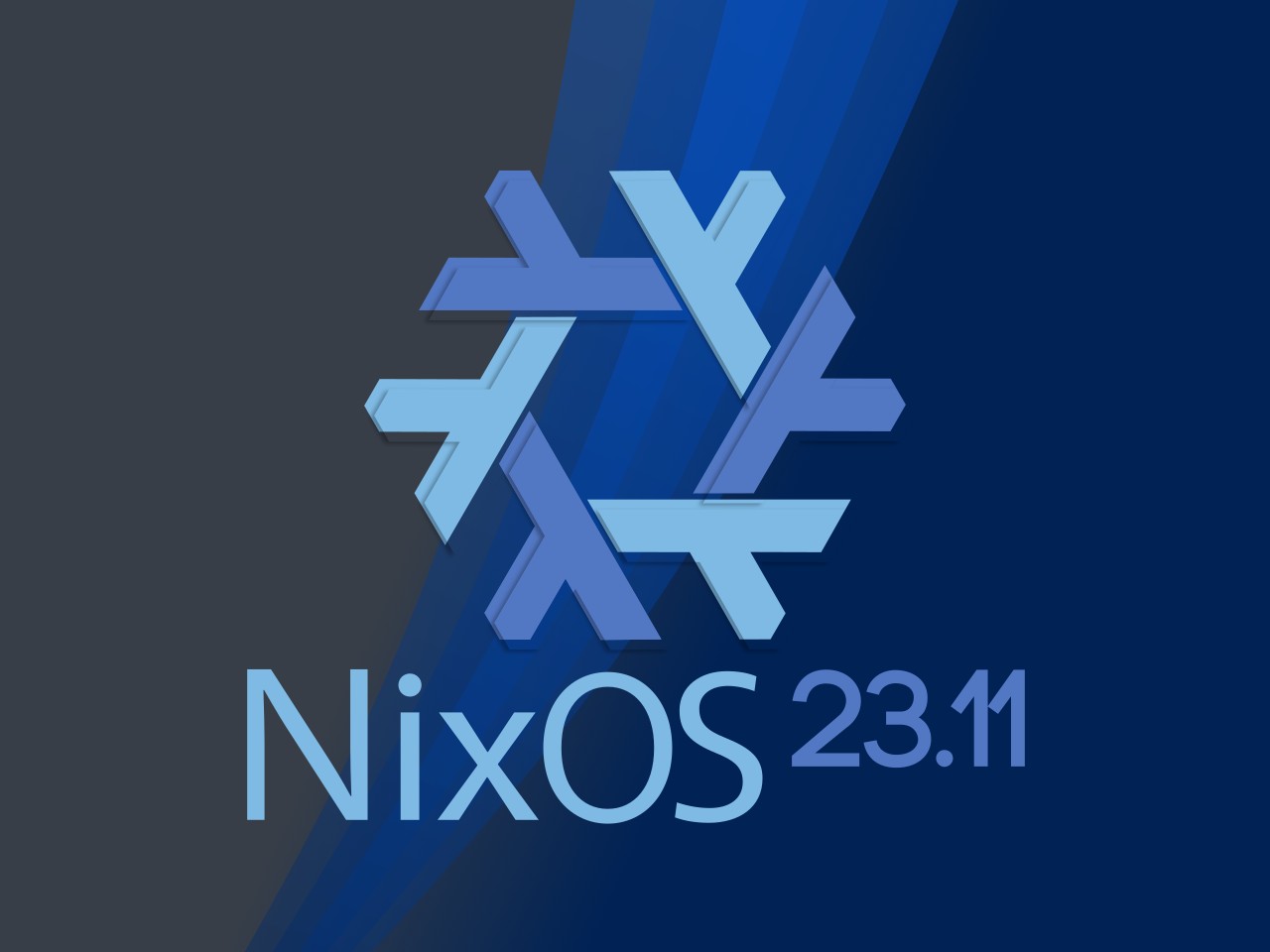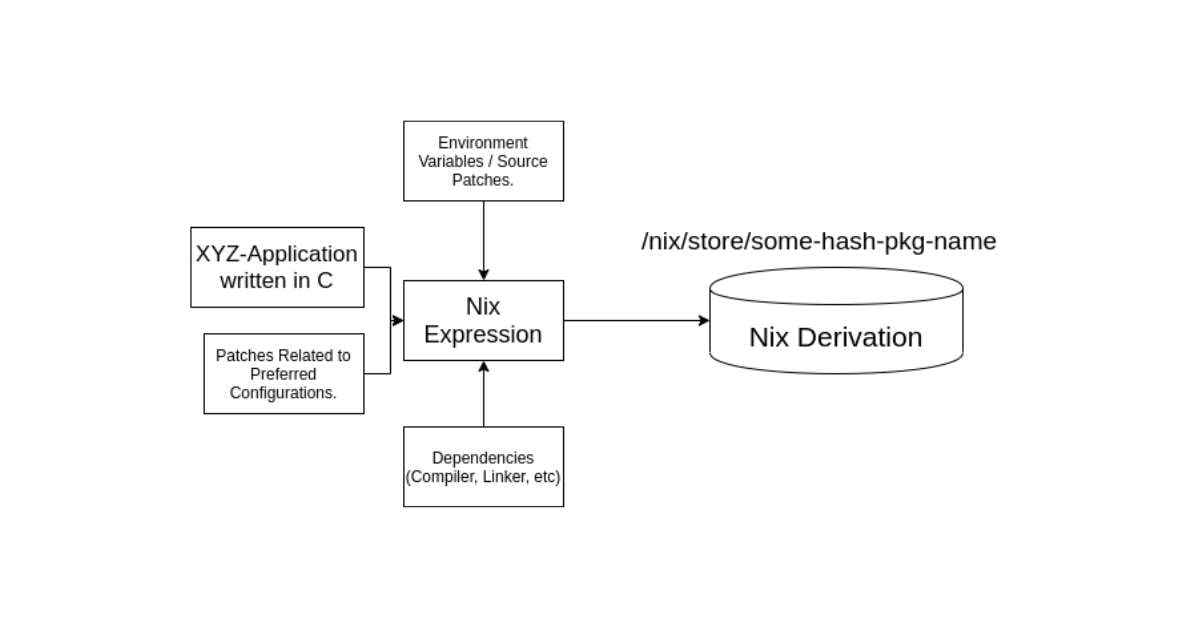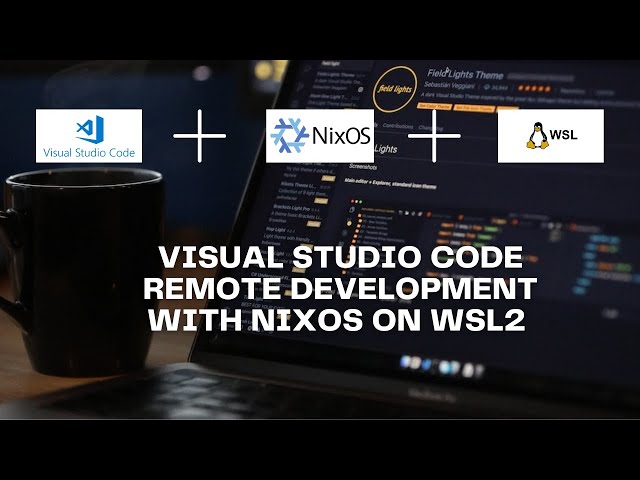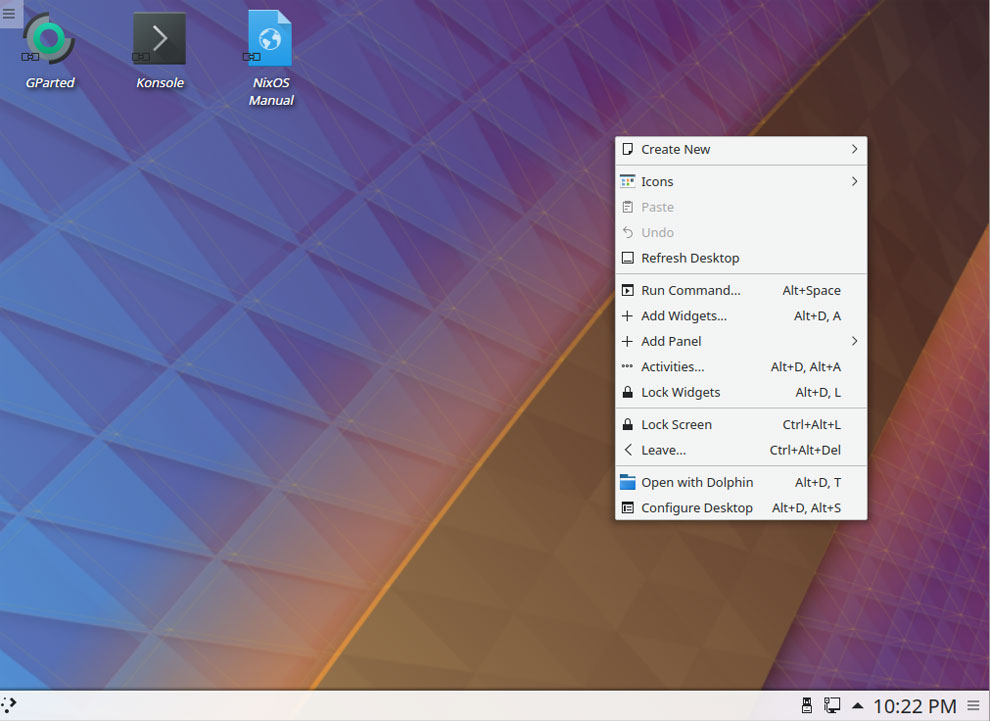Unraveling the Mysteries of NixOS: A Deep Dive into Cloud Native Computing
With the ever-evolving landscape of cloud native computing, one Linux distribution has been making waves for its unique approach to system operations and reproducible builds. NixOS, powered by the innovative Nix packaging system, has been gaining traction for its declarative model and functional build language.
In this article, we delve into the latest trends and developments surrounding NixOS and explore how it is revolutionizing infrastructure as code capabilities.
The Rise of NixOS
NixOS made its debut in 2003 and has steadily risen in popularity thanks to its distinctive features. The most recent release, NixOS 23.11, introduced a host of enhancements that further solidify its position in the realm of Linux distributions.
One notable development is the commercial packaging of NixOS by Flox, a startup catering to both enterprise and developer audiences. By leveraging the robust package manager platform of NixOS, Flox aims to streamline the deployment and management of software environments.
Cloud Native Computing
Declarative Package Management with Nix
At the core of NixOS lies its unique approach to package management. Unlike traditional distributions, NixOS adopts a declarative model where only essential packages are included by default. Users can then explicitly define additional packages to be integrated into their system, ensuring complete transparency and control over the software environment.
Nix boasts an extensive repository of over 80,000 packages, including essential tools like libvert. Through its modular design, Nix simplifies the installation process by offering platform-specific modules for seamless package deployment.
Reproducible Builds and Infrastructure as Code
One of the standout features of NixOS is its emphasis on reproducible builds and infrastructure as code. By employing a sophisticated hashing system, Nix can accurately track and recreate builds on demand, significantly reducing build times and enhancing system reliability.
To showcase the power of Nix in managing complex systems, a demonstration involving Kubernetes was conducted. By utilizing Nix to orchestrate the deployment of Kubernetes components, including Cilium for networking, users can effortlessly set up robust clusters with minimal effort.
NixOS Package Management
Challenges and Future Prospects
Despite its compelling advantages, NixOS faces challenges in widespread adoption. Industry experts like Rosso, a prominent figure at Reddit, acknowledge the learning curve associated with Nix and its API. Moreover, the presence of alternative container-native distributions like BottleRocket and Flatcar Linux poses competition to NixOS.
Rosso’s insights shed light on the need for Nix to enhance user accessibility and streamline its interface to attract a broader user base. As the landscape of cloud native computing continues to evolve, NixOS must adapt to meet the evolving demands of the industry.
Conclusion
In conclusion, NixOS stands as a testament to innovation in the realm of cloud native computing. With its focus on reproducibility, transparency, and infrastructure as code, NixOS offers a compelling alternative for users seeking a robust and customizable Linux distribution.
Stay tuned for more updates on NixOS and the latest trends in cloud native computing!
By Sora Takahashi


 Photo by
Photo by 










